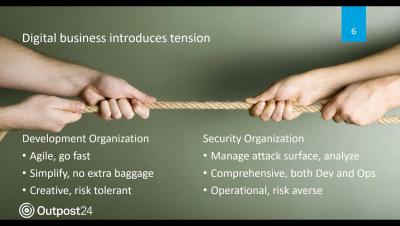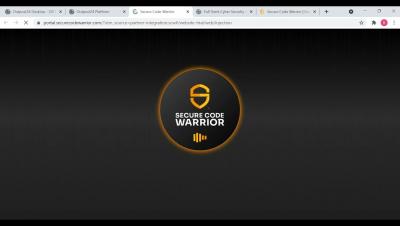Joint PCI security and CSA guidance on scoping cloud environments
As organizations move their infrastructure to the cloud, payment data are being exposed unknowingly leading to high profile data breaches. Find out how the new guidance from PCI Security Standards Council (PCI SSC) and Cloud Security Alliance (CSA) can help protect your cardholder data in the cloud.






